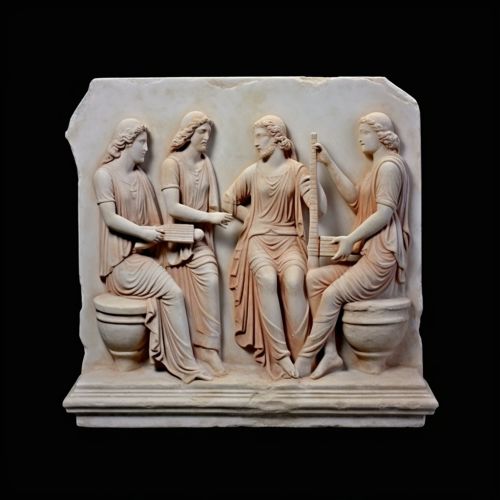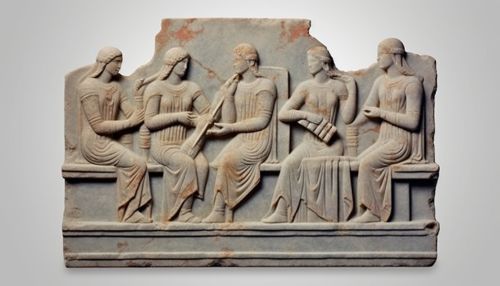Art Theory
Overview
Art theory, also known as art criticism, is the study of the nature of art, including the genres of art, the structures used, the role of the artist, and the cultural context. It involves understanding the underlying principles that artists use to create artwork.
Historical Development
Art theory has its roots in the philosophy of art, which dates back to ancient civilizations. The Greeks, for instance, had a rich tradition of art theory, with philosophers like Plato and Aristotle offering their views on the nature and purpose of art.


During the Middle Ages, art theory was often tied to religion, with art seen as a way to glorify God. The Renaissance brought a shift in perspective, with artists and theorists beginning to see art as a way to express human emotion and experience.
The Enlightenment period saw the rise of aesthetics, a branch of philosophy that deals with the nature of beauty and taste. This period also saw the development of formalism, an art theory that emphasizes the visual elements of art, such as color, line, and composition.
In the 20th century, art theory expanded to include a wide range of perspectives, including psychoanalytic theory, feminist theory, and postmodern theory. These theories offer different ways of understanding and interpreting art, reflecting the diverse range of art forms and cultural contexts in the modern world.
Key Concepts in Art Theory
Aesthetics
Aesthetics is a central concept in art theory. It involves the study of beauty and taste, as well as the analysis of the principles of art. Aesthetics examines why people find certain visual experiences pleasing and others not, and how these preferences reflect our cultural and personal identities.
Formalism
Formalism is an art theory that focuses on the visual elements of artwork, such as color, line, shape, and composition. Formalists believe that these elements are what make a work of art aesthetically pleasing, rather than its subject matter or context.
Expressionism
Expressionism is a theory that views art as a means of expressing emotion. Expressionists believe that art should evoke an emotional response in the viewer, and that this emotional impact is more important than a realistic depiction of the world.
Postmodernism
Postmodernism is a theory that rejects the idea of a single, universal truth or meaning in art. Postmodern theorists argue that art is a product of cultural and historical context, and that its meaning is subjective and open to interpretation.
The Role of the Artist
Art theory also examines the role of the artist in the creation of art. Some theories, such as formalism, downplay the role of the artist, focusing instead on the visual elements of the artwork. Other theories, such as expressionism, see the artist as a crucial figure, whose personal experiences and emotions shape the artwork.
The Cultural Context of Art
Art does not exist in a vacuum; it is always a product of its cultural context. This context includes the historical period in which the art was created, the cultural traditions and beliefs of the artist and audience, and the social and political conditions of the time. Understanding this context is a key part of art theory.
